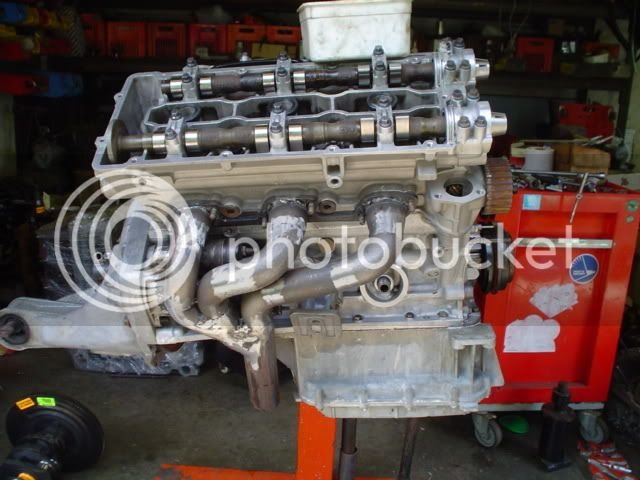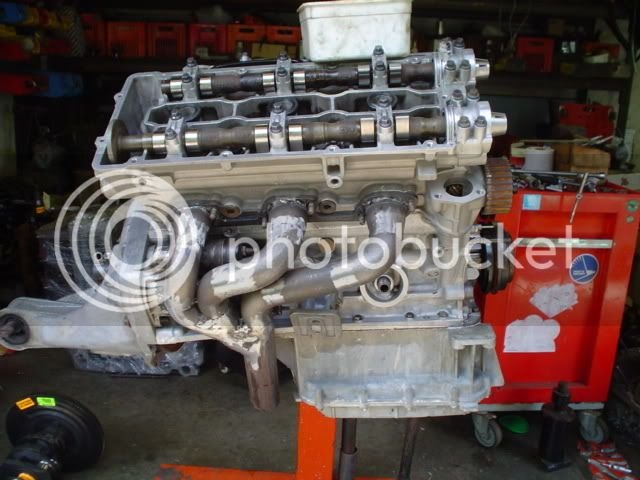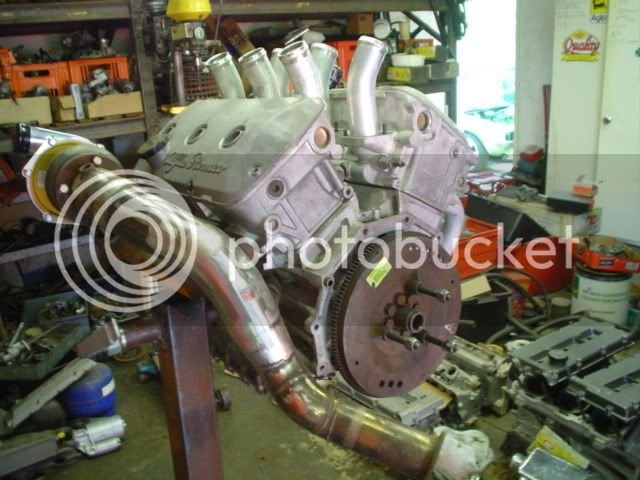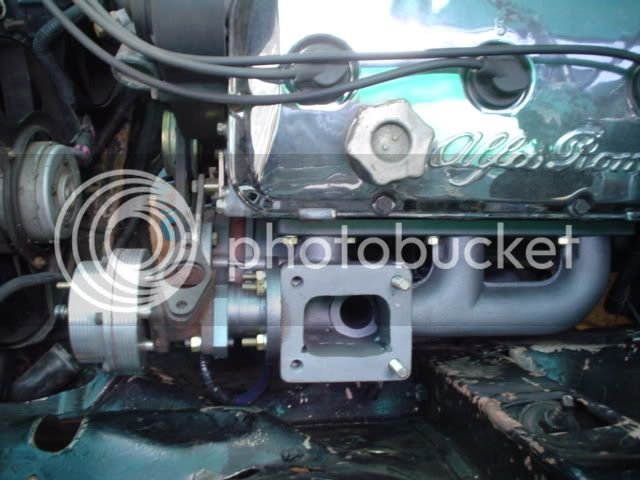sniper
Super Moderator
I am about to start on my first header/manifold project and just wanted to get some advice on how to start. First off, im trying to make something say about like this..

I am starting with 1.5 inch U Mild steel bends, 10 of them in fact, and i am going to use a T3 turbo flange and i may have to set it up for an external wastegate. Any tips on the part of the manifold where all the pipes merg into one? any links to articals anyone might know off hand that may help with this project? I am using a MIG welder with steel wire and a 75/25 mix and I have a chop saw and grinder. Might be a file or two lying around too, but thats about it...

I am starting with 1.5 inch U Mild steel bends, 10 of them in fact, and i am going to use a T3 turbo flange and i may have to set it up for an external wastegate. Any tips on the part of the manifold where all the pipes merg into one? any links to articals anyone might know off hand that may help with this project? I am using a MIG welder with steel wire and a 75/25 mix and I have a chop saw and grinder. Might be a file or two lying around too, but thats about it...




